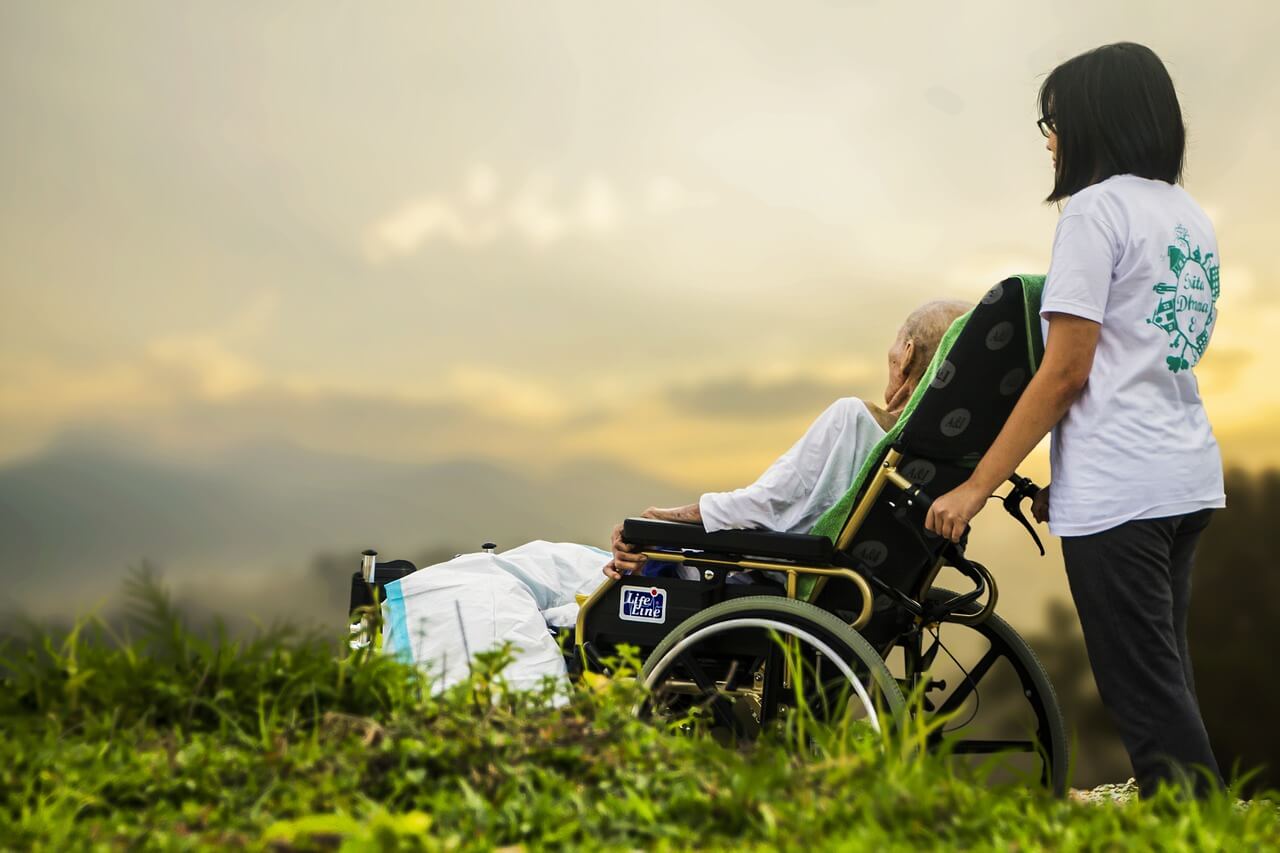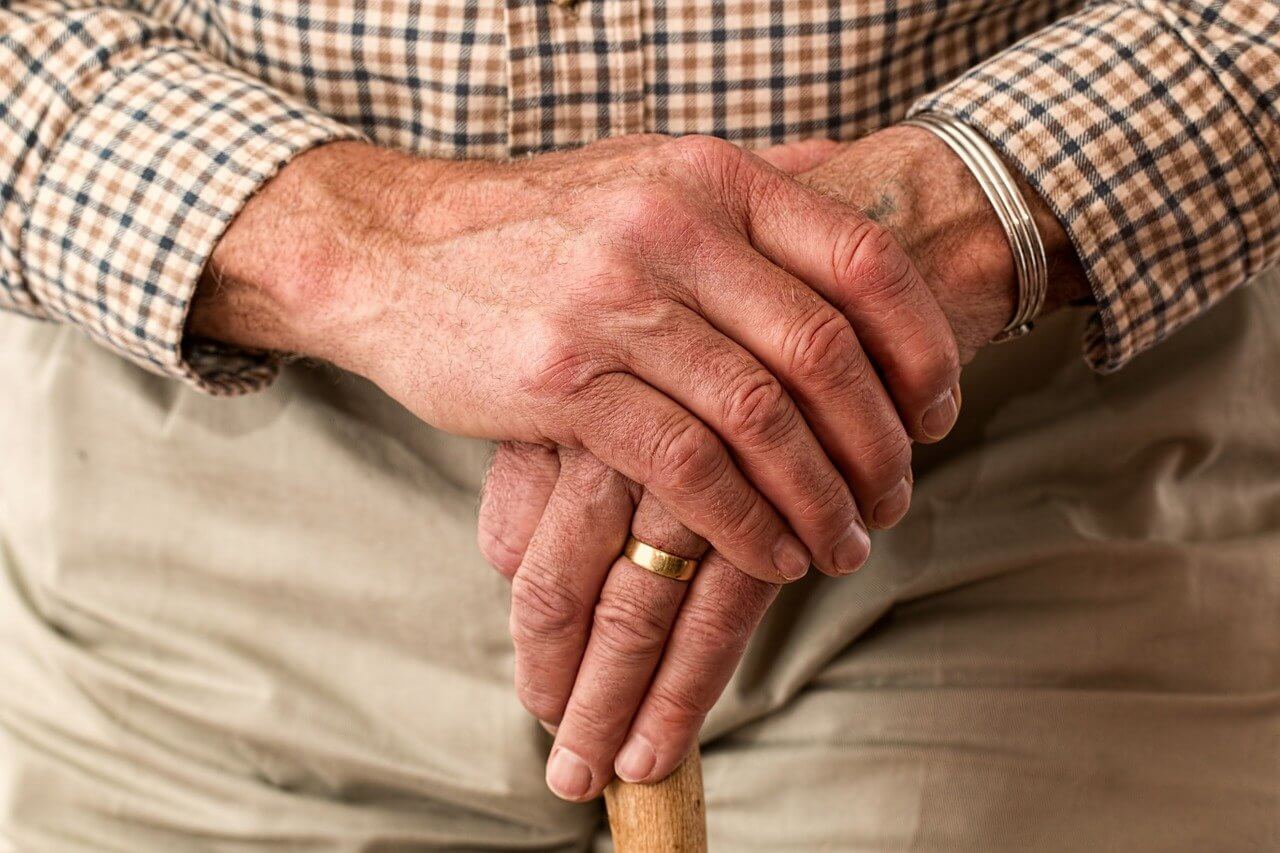Urinary incontinence can affect anyone, but it’s more common in the elderly. It can be caused by a variety of factors including muscle weakness, health conditions like arthritis or stroke, and infection. Dealing with incontinence in an elderly loved one involves helping them live with it while also seeking medical treatment.
Types of Urinary Incontinence

To successfully deal with incontinence, you need to know what type it is and possible causes.
The most common form is urge incontinence. Someone will feel a sudden urge to urinate, but cannot hold it long enough to reach the toilet. It’s typically caused by a health condition like diabetes, stroke, or Alzheimer’s.
If someone is unable to empty their bladder and they keep leaking small amounts of urine, that’s overflow incontinence. This can happen if bladder muscles fail to contract properly. In men, it can be caused by an enlarged prostate, which blocks the urethra.
Functional incontinence is usually a result of disability. Someone will feel the urge to pee, but they cannot go to the bathroom because of a physical disability caused by stroke, a neurological disorder, or arthritis.
If someone is constantly leaking urine, it’s an indication their bladder control muscles aren’t working. It’s called total incontinence.
How to Deal With Elderly Urinary Incontinence?

The most important thing is to make sure your loved one is comfortable talking about it. Because many people perceive incontinence as shameful, they may keep quiet and hide the problem.
They’ll often keep to themselves and refuse to participate in social activities with friends.
Make them feel they can discuss the problem without judgement or shame.
The first step is helping them stay comfortable and dry. The second step is to seek medical diagnosis and possible treatment as soon as possible.
You can talk to your primary doctor, or go directly to a specialist such as a urologist or a geriatrician. They’ll diagnose the cause of the incontinence and advise you on treatment or management.
Here’s a brief summary of the steps you can take to help your loved one.
1. Get Incontinence Products
You need to help them go about their day and sleep without worrying about getting wet or producing unpleasant smells.
There are plenty of incontinence products for the elderly you can use. The best ones are incontinence pants.
These resemble pull up diapers. They absorb urine, keeping your skin and clothes dry. They also lock in odours.
You can also get incontinence pads, either reusable or disposable. These can be used with reusable incontinence pants or worn under stretch, mesh or plastic pants.
Most of these incontinence products are unisex, but you can also look for gender-specific products. For instance, there are specially shaped incontinence cups and pads just for men.
Whichever incontinence product you opt for, make sure it is comfortable to wear and offers adequate absorbing capacity.
2. Medication
Depending on the diagnosis, your doctor may recommend medication to help with incontinence.
These drugs work in different ways. Some relax your bladder muscles, allowing it to hold more urine. These help with urge incontinence.
Others help improve muscle contractions to help with overflow incontinence.
Your doctor will prescribe the best medication.
3. Medical Devices
The doctor may also recommend using a medical device to manage incontinence.
For men, a catheter is the most common device used. It drains the bladder, preventing overflow incontinence.
For women, there are urethral inserts that physically block the urethra to prevent leakage. You can also get a pessary, a device that supports the bladder and urethra.
Your doctor will advise which medical device will be most effective.
4. Medical Procedures
In some cases, a medical procedure can reduce or stop urinary incontinence. These are usually surgical procedures that improve muscle function or involve implanting a device inside the urinary tract.
5. Pelvic Exercises
Regularly doing pelvic exercises, more commonly called kegel exercises, can help strengthen bladder muscles and make it easier to hold pee for longer. It can also help empty the bladder completely.
Because kegel exercises can be tricky to do, it’s a good idea to have a doctor or specialist show you how to do them correctly.
6. Lifestyle Changes
Certain lifestyle habits can contribute to or worsen incontinence. These include drinking excessive alcohol, an unhealthy diet, and smoking.
Cutting out or reducing these habits can help with incontinence.
Other lifestyle changes that can help include reducing caffeine intake, hydrating more with water, and losing weight.
7. Scheduled Bathroom Visits
Something else you can try at home, especially with urge, overflow and functional incontinence, is scheduled bathroom visits.
For example, you can schedule hourly visits. This prevents sudden urges (for urge and functional incontinence) and keeps the bladder from overflowing (for overflow incontinence).
Note that scheduling and bathroom visits may require help from a family member or caretaker. For bedridden, weak or disabled seniors who cannot go to the bathroom, a bedpan or commode chair should be used.
What About Bowel Incontinence?
Bowel incontinence in the elderly can be caused by diabetes, stroke, irritable bowel syndrome, or dementia among other conditions.
Dealing with it involves pretty much the same steps as urinary incontinence. Get products to keep them comfortable such as incontinence pads and pants, then see a doctor for diagnosis and possibly treatment.
You may also need to make some lifestyle changes like avoiding certain foods.




